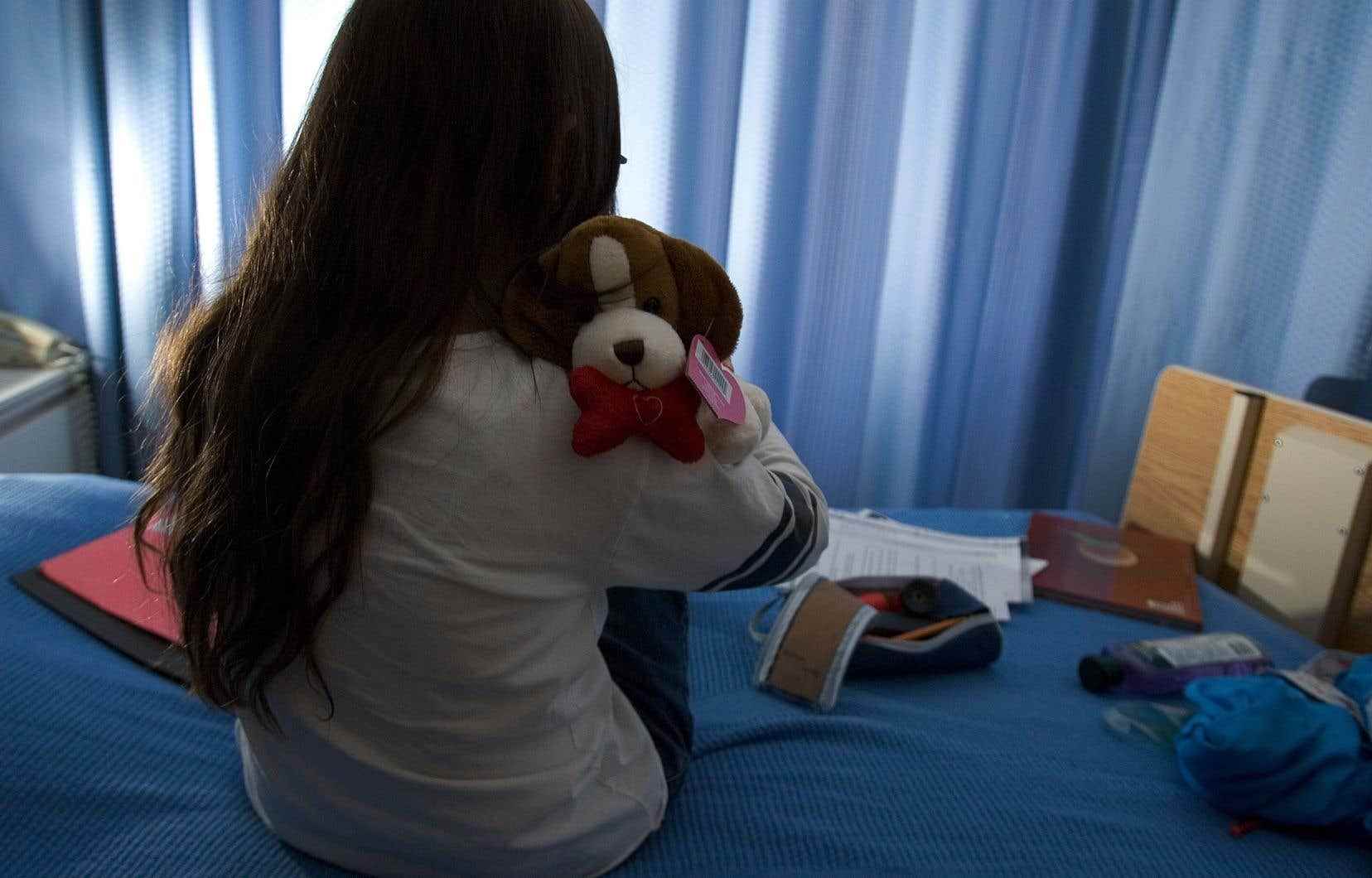Reports to the Direction de la protection de la jeunesse (DPJ) jumped markedly by 12.5% across Quebec from March 31, 2021 to April 1, 2022 compared to the previous year, an increase qualified as “remarkable” and “concerning”.
“It means that, as a population, we are concerned about our children,” said Assunta Gallo, director of the DPJ of the CIUSSS du Centre-Sud-de-l’Île-de-Montréal. She met the media in Montreal on Tuesday morning with her colleague from the CIUSSS de l’Ouest-de-l’Île-de-Montréal, to present the outline of the 19e annual report of the DPJ.
The directorates of the DYP in Quebec processed 132,632 reports, which represents an average of 363 reports per day, an increase of 40 compared to the previous year. “It is a remarkable increase, it is clear that it is an increase which is worrying”, underlines Ms. Gallo.
“It’s clear that when we receive more calls, it also means that we have more children in pain and in distress,” she adds. The pandemic also has a lasting impact. “We will see the after-effects for a while yet, she predicts. Something happened with the social fabric during the pandemic. »
However, the number of reports retained by the DYP fell by 2.3% compared to the previous year. “It means that not all of them are children who need protection, they are children who need services and we are directing them to the right place,” underlines Ms. Gallo.
There is a certain ignorance of the population with regard to the resources available at the level of the CIUSSS or community organizations, she said. “For example, people will call us because the child is not developing at the same rate as the others. But when we meet the parent, we learn that it is not a lack of will on his part, it is rather the fact that the parent did not know where to go to have a service, “illustrates the regional director of the DPJ .
Lack of stakeholders
The DYP also has to deal with a lack of workers responsible for carrying out report evaluations. At the CIUSSS Centre-Sud-de-l’Île-de-Montréal, there are 82 workers, out of a usual pool of 101.
“We are working with the union to become attractive and to recruit stakeholders,” underlines Ms. Gallo. We have to deal with this new reality. »
As a result of the lack of workers, waiting lists are getting longer. At the CIUSSS Centre-Sud-de-l’Île-de-Montréal, it amounts to 463 children, which is “very important and worrying”. At the CIUSSS de l’Ouest-de-l’Île-de-Montréal, the list includes 560 children. In both establishments, however, it is specified that urgent cases are all treated quickly.
